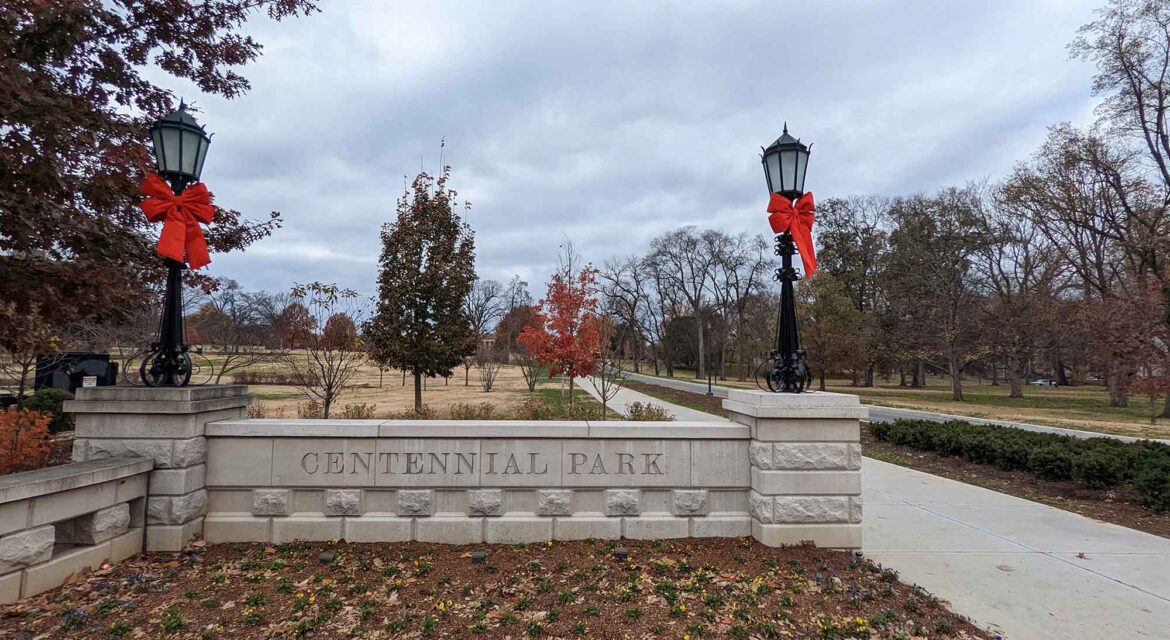 A 132-acre public park established in 1903, Centennial Park and features numerous landmarks and open space, enabling numerous types of engagement for audiences in Nashville, Tennessee. Recognized as the city’s central and cultural park since it was created, Centennial Park personifies a vision of culture and connection that has captured the hearts and minds of audiences across the eras.
A 132-acre public park established in 1903, Centennial Park and features numerous landmarks and open space, enabling numerous types of engagement for audiences in Nashville, Tennessee. Recognized as the city’s central and cultural park since it was created, Centennial Park personifies a vision of culture and connection that has captured the hearts and minds of audiences across the eras.

Created on the Site of the Tennessee Centennial Expo
 Originally farmland that was owned by an American settler in the 18th century, what would become Centennial Park was eventually developed as the site of the Tennessee Centennial and International Exposition in 1897. The space was renamed to Centennial Park at that same time and was developed around a replica of the Parthenon that was built to honor Nashville’s status as “The Athens of the South.”
Originally farmland that was owned by an American settler in the 18th century, what would become Centennial Park was eventually developed as the site of the Tennessee Centennial and International Exposition in 1897. The space was renamed to Centennial Park at that same time and was developed around a replica of the Parthenon that was built to honor Nashville’s status as “The Athens of the South.”
What has become known as the Nashville Parthenon is now a central feature of Centennial Park, along with a one-mile walking trail, Lake Watauga, Centennial Art Center, Centennial Performing Arts Studios, Musicians Corner, the sunken gardens, a Bandshell, an events shelter, sand volleyball courts, and a dog park. Today, the recreation area welcomes visitors of all ages with a variety of attractions and activities.
While the Nashville Parthenon is the most notable feature of Centennial Park, the space and legacy that it represents have enabled it to cultivate to development of other landmarks. In 1903, monuments paying tribute to James Robertson and to the leaders of the 1897 Centennial Exposition were erected in Centennial Park, becoming the first of many monuments and memorials placed throughout the park.
A monument by Alan LeQuire that depicts Carrie Chapman Catt, Anne Dallas Dudley, Abby Crawford Milton, Juno Frankie Pierce, and Sue Shelton White, local activists for women’s suffrage. Many other landmarks are scattered functionally and unobtrusively throughout the park. These additional monuments have created more ways to engage that are connected to the wider culture of the city and region, hinting at the impact and legacy that a fulfilled vision for such spaces can cultivate. 
Engagement by the Thousands
 Every year, countless thousands of people visit Centennial Park to visit the museum, see exhibits, attend festivals, and to enjoy the beauty of the park. By fulfilling a vision that celebrates the first hundred years of the city, Centennial Park highlights that it can mean for that vision to enable further engagement across the eras.
Every year, countless thousands of people visit Centennial Park to visit the museum, see exhibits, attend festivals, and to enjoy the beauty of the park. By fulfilling a vision that celebrates the first hundred years of the city, Centennial Park highlights that it can mean for that vision to enable further engagement across the eras.

